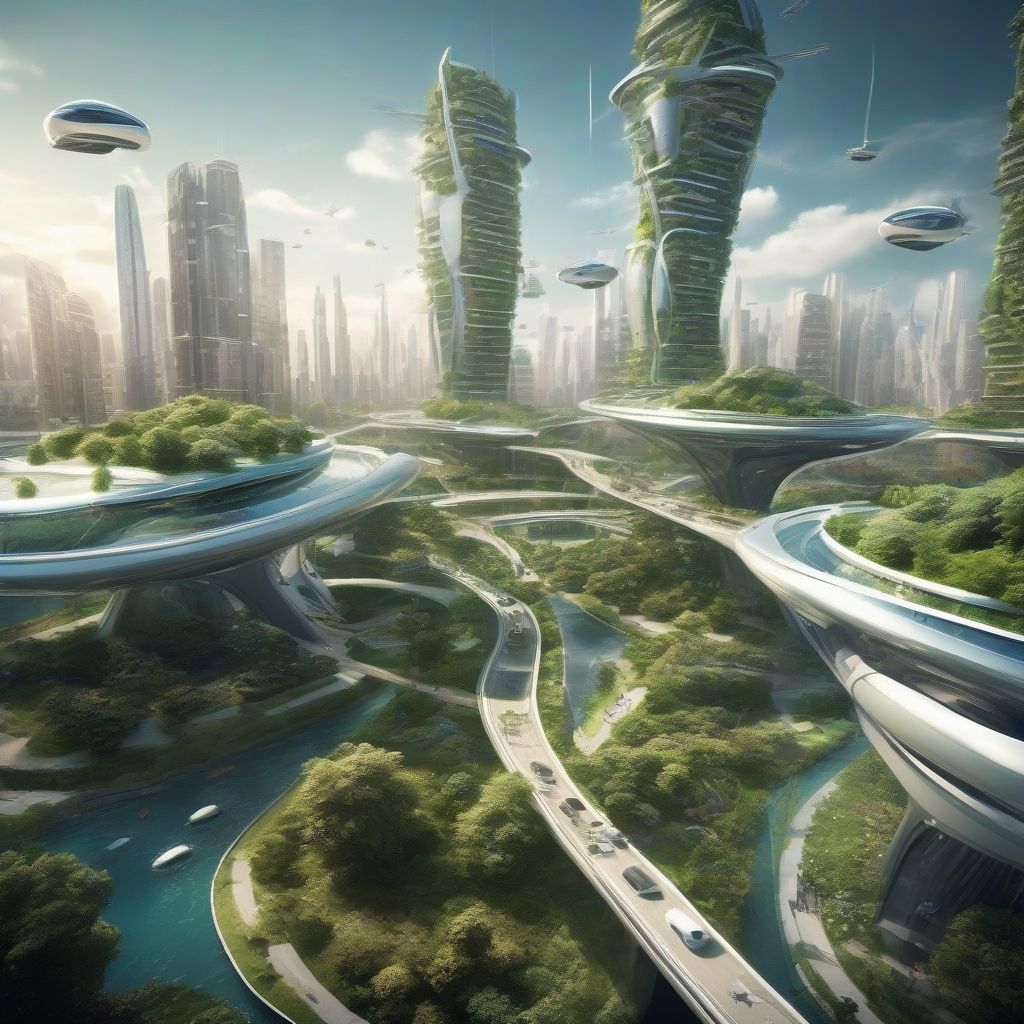Imagine a world where diseases are diagnosed before symptoms even appear, where personalized medicine is the norm, and where clean energy is readily available to everyone. This isn’t science fiction; it’s the potential future shaped by disruptive innovations in technology and science. These groundbreaking advancements aren’t just incremental improvements; they fundamentally alter the landscape, creating new markets and value networks while displacing established technologies and industries. This article will delve into the core of these disruptive forces, exploring their impact and the exciting possibilities they hold.
Understanding Disruptive Innovation
Disruptive innovation, a term coined by Clayton Christensen, describes a process where a product or service initially targets the lower end or a new market segment, eventually displacing established market leaders as it improves and moves upmarket. It’s not about simply making something “better”; it’s about creating a new value proposition. Think of the personal computer disrupting mainframes or digital photography replacing film. These innovations weren’t initially as powerful or sophisticated, but they offered accessibility, affordability, and convenience, eventually becoming dominant forces.
Key Characteristics of Disruptive Innovations
- Initially simpler and more affordable: They may be perceived as inferior by mainstream users at first.
- Target underserved markets or create entirely new markets: They find a niche where existing solutions are too expensive or complex.
- Rapid improvement and eventual mainstream adoption: As the technology matures, it surpasses the performance of incumbent solutions.
Examples of Disruptive Innovations in Tech and Science
Artificial Intelligence (AI) and Machine Learning (ML)
AI and ML are transforming industries from healthcare to finance. AI-powered diagnostic tools can analyze medical images with greater accuracy and speed than human doctors, leading to earlier disease detection and personalized treatment plans. In finance, AI algorithms are automating trading decisions and risk assessments.
CRISPR-Cas9 Gene Editing
This revolutionary gene-editing technology has the potential to cure genetic diseases and transform agriculture. While ethical considerations remain, CRISPR offers unprecedented precision in manipulating DNA, opening doors to treating previously incurable conditions.
Blockchain Technology
Beyond cryptocurrency, blockchain’s decentralized and secure nature is disrupting supply chains, voting systems, and digital identity management. Its ability to create transparent and tamper-proof records has far-reaching implications across various sectors.
Nanotechnology
Manipulating materials at the atomic and molecular level is leading to breakthroughs in materials science, electronics, and medicine. Nanomaterials are being used to create stronger and lighter materials, more efficient solar cells, and targeted drug delivery systems.
Renewable Energy Technologies
Solar, wind, and other renewable energy sources are challenging the dominance of fossil fuels. Innovations in battery storage and smart grids are further accelerating the transition to a cleaner and more sustainable energy future.
 Disruptive Innovation in Tech and Science
Disruptive Innovation in Tech and Science
The Impact of Disruptive Innovation
Disruptive innovations are transformative forces that reshape industries and society. They create new jobs, drive economic growth, and improve our quality of life. However, they also pose challenges. Existing businesses may struggle to adapt, leading to job displacement and economic disruption. Furthermore, ethical considerations surrounding technologies like AI and gene editing require careful consideration and regulation.
Navigating the Disruptive Landscape
For businesses, embracing innovation is crucial for survival. Companies must be willing to invest in research and development, explore new business models, and adapt to changing market dynamics. For individuals, lifelong learning and adaptability are essential to thrive in a rapidly evolving world.
The Future of Disruptive Innovation
The pace of technological advancement is accelerating, and we can expect even more disruptive innovations in the years to come. Quantum computing, personalized medicine, and advanced robotics are just a few areas poised for significant breakthroughs. These innovations hold immense potential to solve some of the world’s most pressing challenges, from climate change to disease eradication.
- Hardcover Book
- Christensen, Clayton M. (Author)
- Christensen, Clayton M. (Author)
- English (Publication Language)
- Hard Cover with colored pictures
- 50 Years of Disruptive Innovation by Jon Kinzenbaw
Conclusion
Disruptive innovations in tech and science are transforming our world at an unprecedented rate. These advancements offer immense opportunities for progress and improvement, but also pose challenges that require careful consideration. By understanding the nature of disruptive innovation and embracing change, we can harness the power of these technologies to create a brighter and more sustainable future. What are your thoughts on the future of disruptive innovation? Share your insights in the comments below and let’s continue the conversation. Explore further by visiting our page on [link to related content on your website].








